This post is also available in: Italian
Way less known than the coast, the hinterland of Campania, that starting from Caserta and passing by Benevento reaches Avellino and Salerno, has much to offer with its natural landscapes, ancient villages among the most beautiful in Italy, mountain villages and artistic locations. The amazing Royal Palace of Caserta, villages like Monverde, Zungoli, Savignano, Irpino and Sant’Agata dei Goti, the mountains, the woods and the streams of Irpinia, the plain of the Volturno river, the various natural parks, there are many places worth visiting during this first itinerary in Campania: we recommend five nurseries where you can find succulents and cactuses of all kinds, arboreal ferns, cycases, citruses and also, unexpectedly, azaleas and camellias.
Nurseries
The map indicates the nurseries and the other locations of the suggested itinerary. For each nursery, we indicate its distance from the others, in order to facilitate you in the choice of the ones to visit and their order.
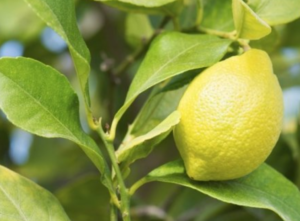
Vivaio Marrone Stefano, Piana di Monte Verna (Caserta): for 50 years this nursery has been passed down from father to son, growing bearer plant, citruses, herbs and shrubs, indoor plants, hedges, vegetables and bonsai.
Distance from other nurseries: m 80 from Vivaio Marrone Francesco – km 36,5 from Deserto Rosso – km 68 fom Fiore di Cactus – km 97 from Az. Agr. Carbone.
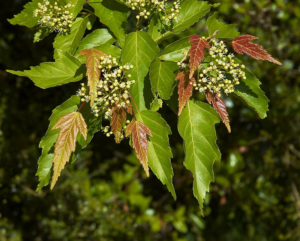
Vivaio Morrone Francesco, Piana di Monte Verna (Caserta): located in the valley of the river Volturno, at the foot of the Caiatine hills, it is specialised in the cultivation of trees, also big specimens, bearer trees, English and French roses, vines, aromatics, outdoor bonsai, very strong and resistant thanks to the thermal shock between day and night, to the low winter temperatures and the quality of the water in this area.
Distance from other nurseries: km 36,5 from Deserto Rosso – m 80 from Vivaio Marrone Stefano – km 68 from Fiore di Cactus – km 97 from Az.Agr. Carbone.

Deserto Rosso, Marigliano (Naples): this nursery has a very suggestive name, “Red Desert”, and is specialised in the production and sale of succulents, palm, cycases, and some arboreal ferns.
Distance from other nurseries: km 35 from Fiore di Cactus – km 36,5 from Vivaio Marrone Stefano – km 36,5 from Vivaio Marrone Francesco – km 70 from Az. Agr. Carbone.
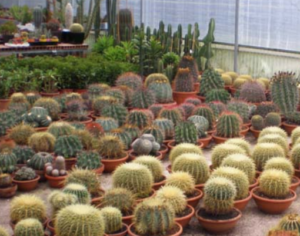
Fiore di Cactus, Avellino: established in 1974, it offers a large choice of succulents for every need, from the smallest plants to specimens more than 70 years old, vases and specific products for taking care of cactuses.
Distance from other nurseries: km 36 from Az. Agr. Carbone – km 68 from Vivaio Marrone Stefano – km 68 from Vivaio Marrone Francesco – km 35 from Deserto Rosso.
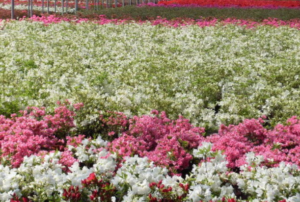
Az. agr. Carbone Vincenzo, Montella (Avellino): this family-run nursery is located at the heart of Irpinia and, unsurprisingly, is specialised in acid-loving plants, in particular azaleas, rhododendrons and camellias. The harsh climate in winter and the experience of the owners make the plants very resistant to weather conditions and fit for the acid soil of Campania.
Distance from other nurseries: km from 97 Vivaio Marrone Stefano – km 97 from Vivaio Marrone Francesco – km 70 from Deserto Rosso – 36 from Fiore di Cactus.
From here, you can connect to the second itinerary in Campania, Wandering nurseries: from Salerno to Ischia, along the coast, reaching Vivaio Avagliano, 65 km away, or Le Rose di Posillipo, 35 km away.
Gardens, parks, and other things not miss along the way
This territory has few gardens and is mostly characterised by its naturalistic beauty, parks, oasis and landscapes. Here are our advices, you can find out more on luoghi.italianbotanicaltrips.com/Campania, province of Caserta, Benevento and Avellino.
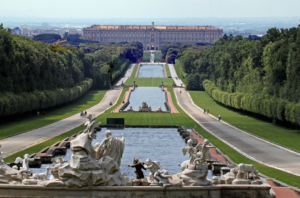
Royal Palace of Caserta: listed by UNESCO as a World Heritage site, it was built by the will of Carlo III Bourbon, starting in 1751, and designed by architect Luigi Vanvitelli. It is surrounded by a great park that includes an Italian and an English garden, greenhouses in iron and glass, amazing fountains and water plays. There you can feel the Bourbon grandeur.
This post is also available in: Italian


Leave a Reply